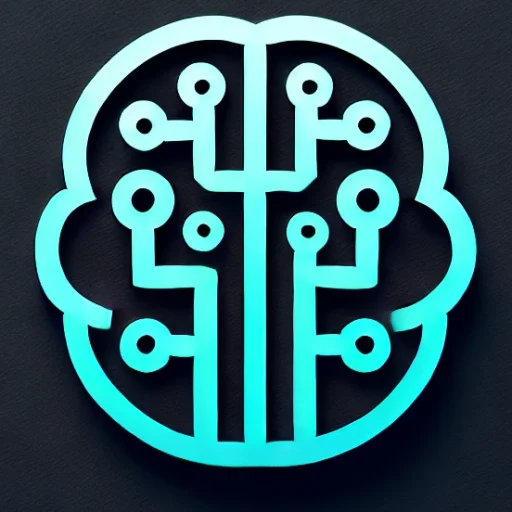
Introduction
In the realm of artificial intelligence, one topic continues to dominate discussions and capture imaginations: generative AI. As a transformative force, generative AI stands at the intersection of creativity and technology, promising to redefine how we create and interact with content. From text and music to visual arts, the capabilities of generative AI are expanding rapidly, presenting both exciting opportunities and intriguing challenges. This blog delves into the latest advancements in generative AI, its real-world applications, the hurdles it faces, and what the future may hold.
Key Insights & Latest Advancements
Generative AI refers to algorithms that enable machines to generate outputs that mimic human-like creativity. At the forefront of this revolution are models like OpenAI’s GPT series, DALL-E, and Google’s DeepDream. Recent breakthroughs in this area include enhancements in natural language understanding and image generation, leading to more sophisticated and realistic outputs. With the introduction of GPT-4, for example, AI is now capable of generating coherent and contextually relevant narrative pieces, showcasing an uncanny ability to understand and mimic human language nuances.
Another significant advancement is the integration of these AI models into creative tools used by artists, writers, and musicians. This has democratized access to technology, allowing individuals from diverse backgrounds to leverage AI in their creative processes, thereby enhancing their work and opening up new avenues for artistic expression.
Real-World Applications
Generative AI is finding applications across a multitude of industries. In media and entertainment, it is used for generating scripts, composing music, and designing visual effects, thereby reducing production time and costs. In the marketing realm, businesses are utilizing AI to create personalized content at scale, improving customer engagement and brand presence.
Additionally, the art world has enthusiastically embraced generative AI, with artists collaborating with algorithms to produce novel pieces that challenge traditional notions of authorship and creativity. This fusion of human and machine creativity is pushing artistic boundaries, leading to exhibitions that feature AI-generated art as a new genre.
Challenges & Future Outlook
Despite its potential, generative AI poses several challenges. Ethical concerns, such as data privacy, copyright issues, and the potential for misuse in creating deepfakes, are at the forefront of industry debates. Moreover, there is the ongoing challenge of ensuring inclusivity and reducing biases that might arise from data-driven models.
Looking ahead, the future of generative AI seems promising yet complex. As technology continues to advance, it is likely that we will see tighter integration of AI in creative fields, along with more robust frameworks to address ethical concerns. The next frontier could involve AI systems that can collaborate with humans in real-time, adapting to feedback and fostering even more seamless interactions between creative minds and machines.
Conclusion
Generative AI is undeniably reshaping the landscape of creativity and innovation. As we stand on the brink of this AI-driven creative revolution, the potential for enhancing human creativity seems boundless, provided we navigate the ethical and practical challenges effectively. The key takeaway is that while generative AI is rapidly evolving, its successful integration into society will depend on finding a balance between technological advancement and ethical responsibility. As we continue to explore this frontier, the collaborative potential of generative AI holds the promise of enriching our creative endeavors like never before.

